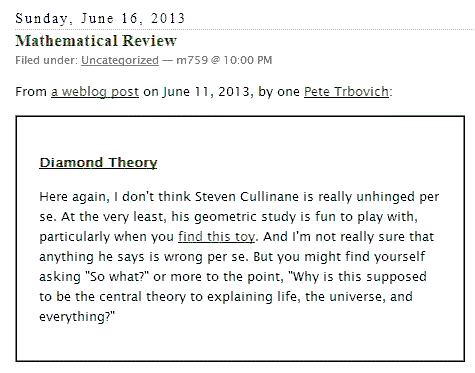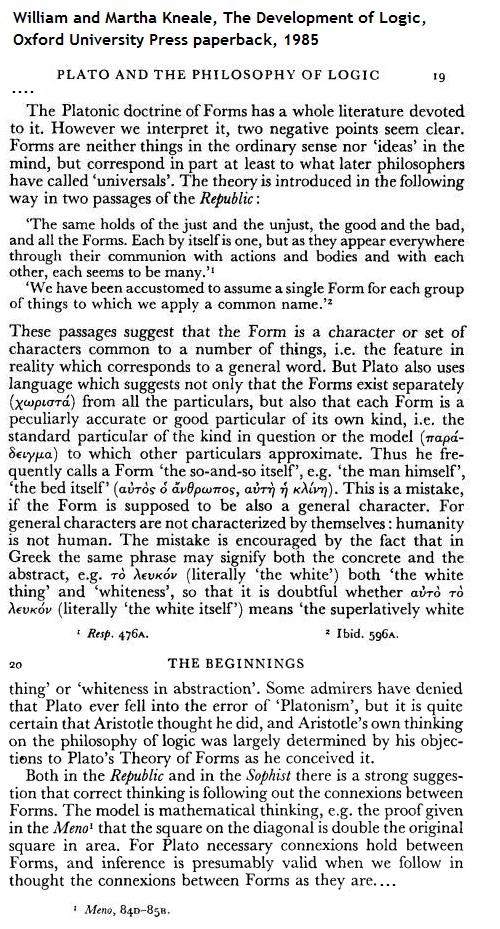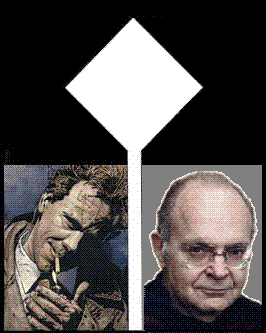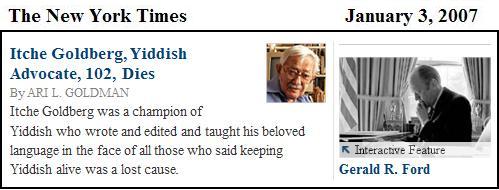Anthony Lane in The New Yorker , issue dated Sept. 22, 2014:
"The hero of 'The Zero Theorem' is a computer genius called Qohen Leth
(Christoph Waltz)…. He is the sole resident of a derelict church, where,
on a crucifix in front of the altar, the head of Christ has been replaced by
a security camera. No prayers are ever said, and none are answered.
In short, the place is deconsecrated, but to claim that it lacks any spark of
sacred yearning would be wrong, because Qohen devotes his days to seeking
the Zero Theorem, which—whatever it may be—lies at the fuzzy limit of
human powers. “We crunch entities,” he says, as if that explained anything.
His employer is Mancom, a large corporation that, in Orwellian fashion,
oversees ordinary lives, although it betrays more frantic desperation than
glowering threat."
One approach to the metaphysics of entities was indicated in the previous
post, 'Metaphysics for Gilliam." A different approach:
"Categories, Sets, and the Nature of Mathematical Entities,"
by Jean-Pierre Marquis, Ch. 13, pp. 181-192, in the 2006 book
The Age of Alternative Logics , ed. by van Benthem et al.
(Springer, Netherlands).
From pages 182-183 —
13.2 The nature of mathematical entities
Let us start with the nature of mathematical entities in general and with a
rough and classical distinction that will simply set the stage for the picture we
want to develop. We essentially follow Lowe 1998* for the basic distinctions. We
need to distinguish between abstract and concrete entities, on the one hand, and
universals and particulars on the other hand. For our purpose, it is not necessary
to specify a criterion of demarcation between abstract and concrete entities. We
simply assume that such a distinction can be made, e.g. concrete entities can
change whereas abstract entities cannot. We assume that a universal is an entity
that can be instantiated by entities which themselves are not instantiable, the
latter being of course particulars. Given these distinctions, an entity can be a
concrete particular, a concrete universal, an abstract particular or an abstract
universal.
Our focus here is between the last two possibilities. For we claim that the
current conception of sets makes them abstract particulars whereas for objects
defined within categories, mathematical entities are abstract universals. This,
we claim, is true of category theory as it is.
* Lowe, E.J., 1998, The Possibility of Metaphysics , Oxford: Clarendon Press.























